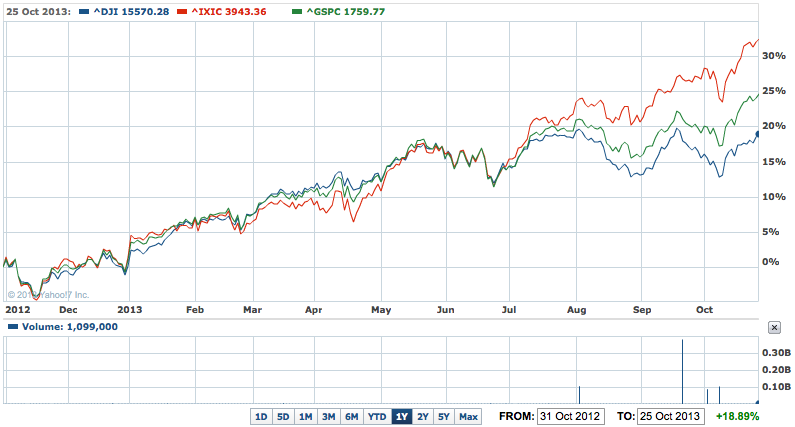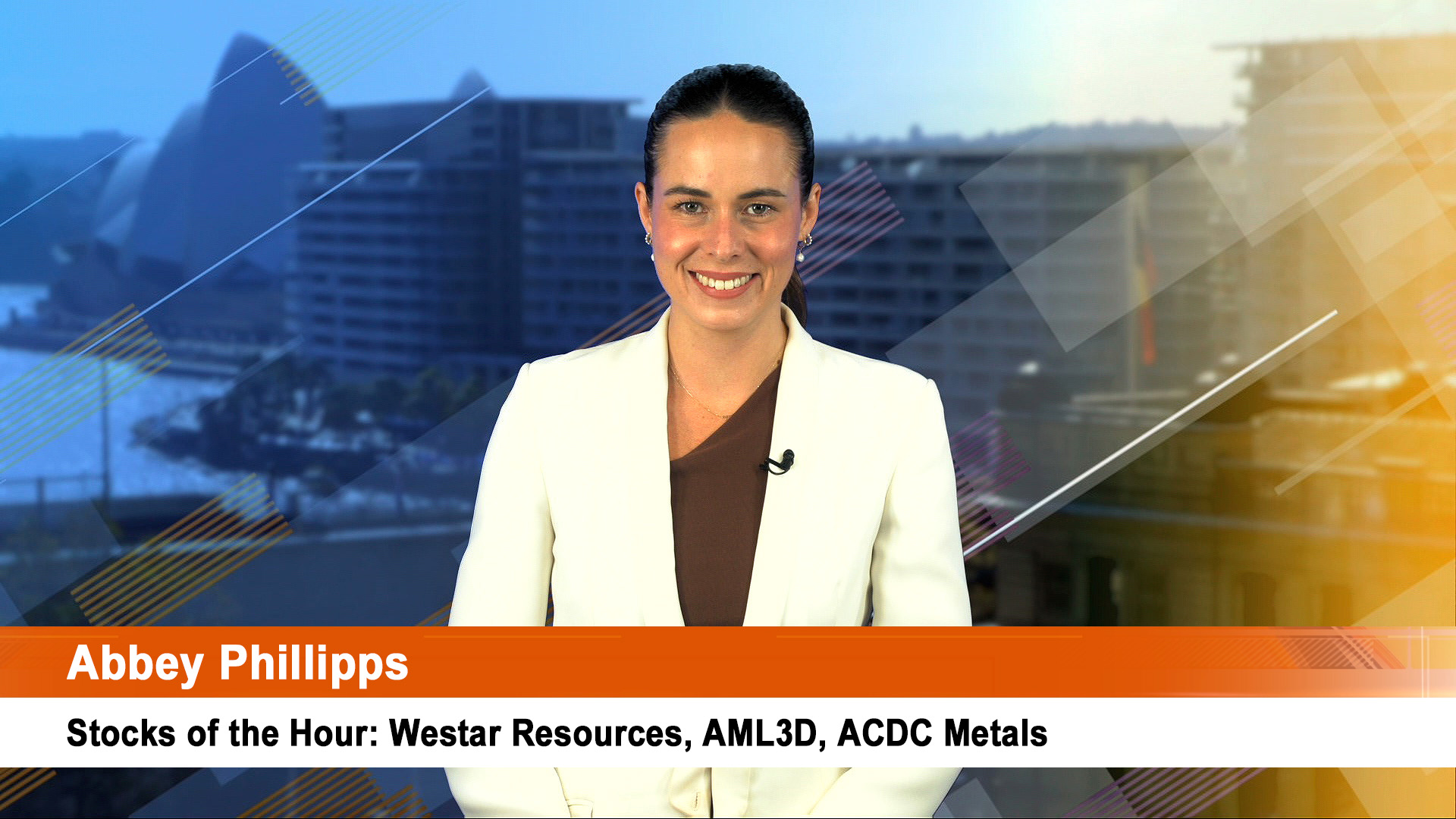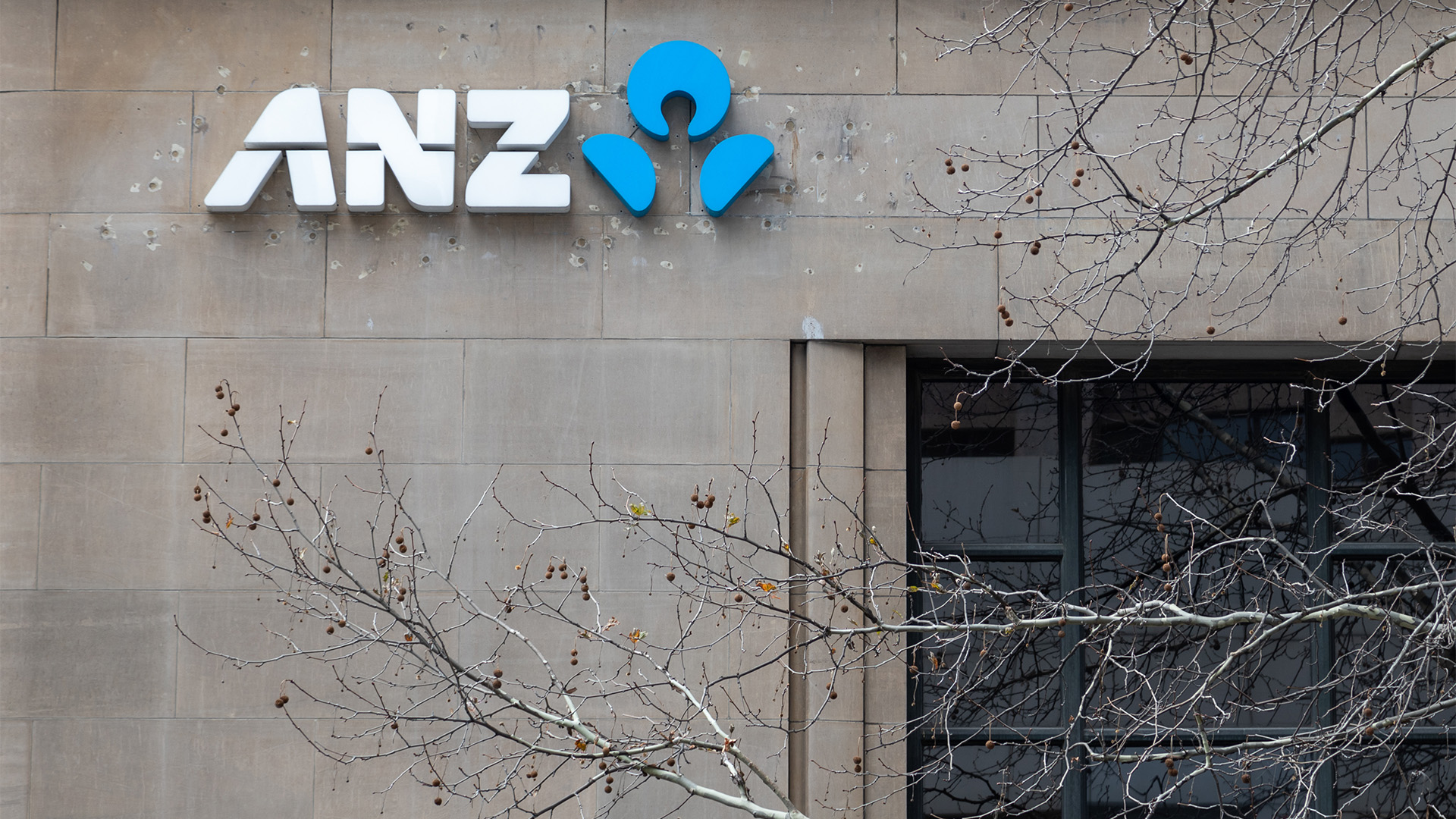Another solid end to the week for most markets around the world with new highs or near highs being reached.
Seeing that at the end of a week that started strongly, then trembled as news from China shook confidence briefly, and then more news helped turn sentiment, the outcome by the close Friday was bullish to some analysts.
US markets had another solid week, as did those in Europe, but outside Australia, most Asian markets were mixed, with the Japanese market weaker on worries about the value of the yen.
In Australia, so confident was the tone overnight Friday that our market will start the week strongly, as it did a week ago, with share price futures showing a possible 33 point gain this morning.
That was after the local market rose solidly on Friday to end at 5386 for the ASX 200.
For the week, the index rose 64.8 points, or 1.2%, while the All Ordinaries Index rose 64.7 points, or 1.2% to 5385.
The ASX’s close on Friday was the highest since June 18, 2008.
This week’s profit reports from the ANZ and the NAB will test the recent confidence in the banks among investors.
On Friday, the major banks had another good day with National Australia Bank the best performer, up 1.4%, to $36.08. That left a gain of just 0.3% for the week.
The Commonwealth Bank rose 2.8% over the week to another record high of $76.28, Westpac added 1.1% to $34.36, while the ANZ ended 2.5% higher to end at $32.66.
The three-way fight over ownership of Warrnambool Cheese and Butter continued with Canadian dairy giant Saputo lifting its takeover offer to $449 million, or $8 a share from $7.
Warrnambool shares jumped 27c to $8.42.
In the resources sector, BHP Billiton jumped 4.6% to $37.41, thanks to a bullish update on iron ore exports and production for the year.
Rio Tinto rose 0.5% over the week to end at $63.77.
Telstra added 0.5% to $5.07.
In the US the Dow ended up 61.07 points, or 0.34%, at 15,570.28 early Saturday, our time. The Standard & Poor’s 500 Index ended up 7.7 points, or 0.44%, at 1,759.77, and hit an intraday record high of 1,759.82 late in the session.
The Nasdaq Composite Index closed up 14.40 points, or 0.37%, at 3,943.36, driven higher by a strong rise by tech stocks.
For the week, the Dow rose 1.1%, the S&P 500 added 0.9% and the Nasdaq finished with a gain of 0.7%.
US markets still tracking higher and helping the rest upwards

Interestingly, the Russell 2000 index of small cap stocks registered its eighth week of gains, its longest streak since 2003, according to market reports.
The big tech stocks might be grabbing many of the headlines, as we will again see this week, but there’s clearly some solid gains happening among US small caps.
In Europe, the UK market rose 1.5% after solid third quarter growth figures showed the British economy grew 0.8% in the three months to September. That was faster than expected by the markets and economists.
The Stoxx 600 index added 0.5% for the week, with a gain of 1.5% for the Dax index in Germany, but France’s CAC index lost 0.3%.
In Asia, markets ended the week mostly lower (but Australia rose solidly, as did New Zealand).
The MSCI Asia Pacific Index lost 1.5%. Tokyo shed more than 2%.
But the NZ market rose 2.2% after hitting an all time high during the week.
And the Chinese market lost more than 2% last week, led by Shanghai with fell 1.5% on Friday alone.
Among commodities, Comex gold in New York rose 2.9% over last week, its second weekly rise in a row.
That helped local gold miners to a better week with, the struggling industry leader, Newcrest up 3%.
Comex gold ended at $US1,352.50 an ounce . Overall, gold is still down 19% since the start of 2013.
But it was a different story for US oil prices with West Texas crude down 2.9% for the week after the 74 cent rise on Friday to $US97.85 a barrel. US crude is down 13% from the 2013 high of $US112.24 reached in intraday trading on August 28.
Finally, the S&P 500 is up 23.4% so far this year, just shy of the 23.5% rise in 2009. Surpassing the 2009 record would give the index its biggest annual gain in a decade.













